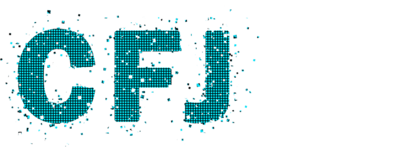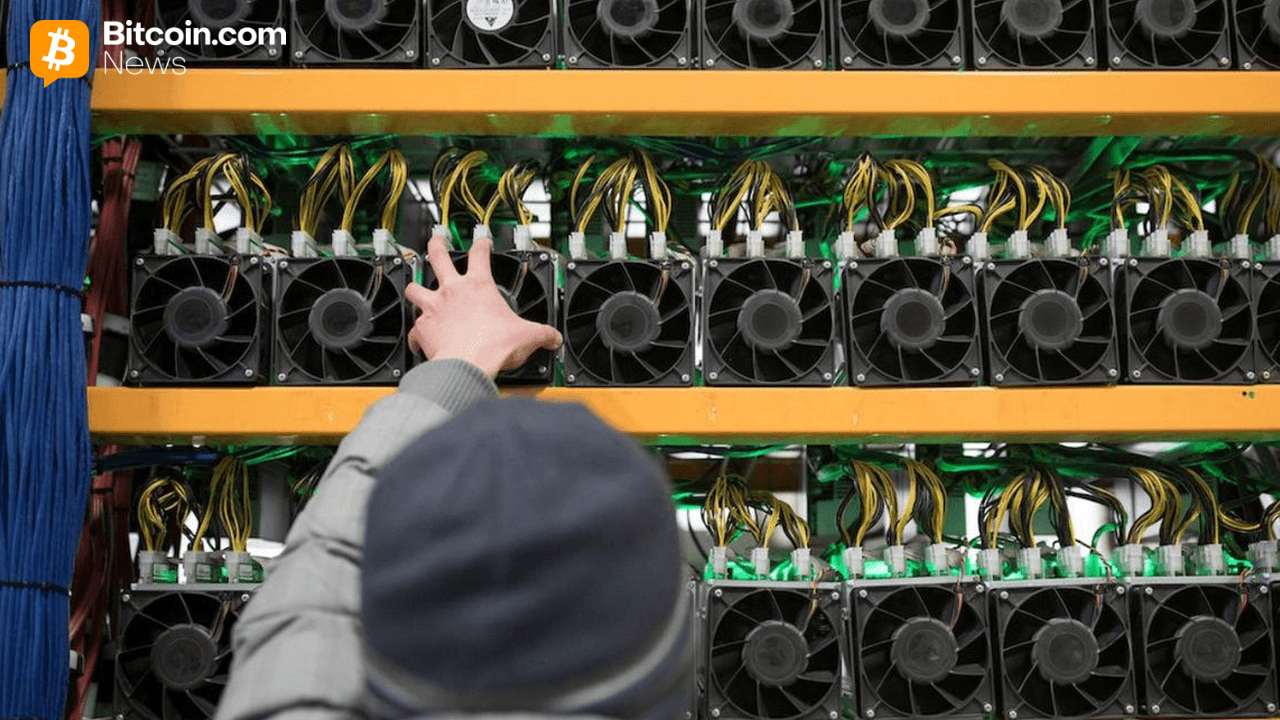NFTs and Their Use Cases in The Metaverse 2023
(Originally posted on : NFTICALLY )
Have you ever wondered about the replaceable nature of fiat currency? Like, we can replace one dollar with 100 cents, one rupee with 100 paise, etc. We can even exchange one USD for INR, GBP, EUR, and many other forms of fiat currency. Though the invention of cryptocurrencies brought a huge shift in the financial industry, they are also replaceable. However, blockchain has brought a new type of crypto token that is unique and irreplaceable – Non-fungible tokens.
Non-fungible tokens have become the talk of the town in 2021 mainly due to the sales worth millions of dollars. The art industry is one of the foremost sectors that was transformed by the non-fungible tokens. Just when people are starting to question the true use cases of these tokens, they have found new applications in gaming, DeFi, metaverse, and other real-world sectors.
What kinds of use cases have been developed for NFTs so far? How will NFTs shape the metaverse in 2023? In this blog post, we’ll explore these questions by taking a look at the journey of NFTs up until now and the prominence of their role in the metaverse.
Evolution of NFTs
Non-fungible tokens have been around for a few years now but have recently surged in popularity and value. They are digital assets that are stored on the blockchain, which makes them unique, rare, and secure. NFTs are also cryptographic assets that provide proof of ownership of the asset and ensure its authenticity. They represent ownership of various virtual goods like art, music, items in video games, virtual real estate, and more.
The non-fungible token craze first started in 2017 with the rise of the first-ever non-fungible tokens – CryptoKitties. CryptoKitties allowed users to purchase virtual cats with unique characteristics and features. This was followed by a wave of projects such as Decentraland, Gods Unchained, NBA Top Shot, and much more. These tokens created an entirely new virtual economy that has grown exponentially over the last few years.
Popular NFT sales
There have been some high-profile NFT sales such as Beeple’s artwork, which sold for $69 million at Christie’s auction house in 2021. It set a record for digital artwork sold at auction and introduced digital art tokens to people from all walks of life across the globe.
Similarly, musician Grimes sold her NTF work ‘War Nymph’ for over $6 million in February 2021; setting another record for the highest sale of a female artist’s work ever at auction. Since then there have been numerous other high-profile NTF sales such as Chris Torres’ original “Nyan Cat” drawing which sold for $600k in May 2020. This was another record for the most expensive piece of Internet art ever sold at an auction.
In addition to these sales, there have been many other digital art sales that have drawn the attention of people from different sectors. Furthermore, the launch of NFT collections like Crypto Punks and Bored Ape Yacht Club have brought celebrities and influencers into the industry. This only has further stirred the hype around non-fungible tokens.
2021: The Year of NFTs
NFTs have been around since 2017, but they truly exploded into the mainstream in 2021. Many celebrities like Grimes and Snoop Dogg began selling NFTs, sparking even more interest in digital art collecting. Digital tokens went from a niche crypto asset to a hot topic of conversation throughout the year.
The non-fungible token market had its most famous moment of 2021 when Beeple’s “Everydays: The First 5000 Days” sold for $69 million during an open auction hosted by Christie’s. This sale made headlines around the world and caused many people to take these unique digital tokens seriously as an investment opportunity.
The surge in NFT trading led to a variety of new applications being explored such as tokenized ticketing, gaming incentives, loyalty programs, virtual real estate, and much more. These tokens were also used to create digital collectibles like sports cards that offer advantages like anonymity and security.
Additionally, NFT-based decentralized finance (DeFi) projects began exploring ways to allow the lending and borrowing of digital assets. This new approach to DeFi allowed token holders to collateralize their assets for loans. They have even enabled holders to earn passive income through staking rewards on Decentralized Exchanges (DEX).
By the end of 2021, NFT had become so mainstream that Collins Dictionary named it the Word of the Year for 2021. This demonstrates just how popular and influential this asset class had become over one year.
Nevertheless, NFT-based digital collectible trades have faced headwinds due to crypto market volatility in 2022 and other external obstacles. Despite these difficulties, digital tokens have found innovative use cases in various applications such as loyalty programs, ticketing systems, and gaming activities with incentives and assets for metaverse platforms. This proves that non-fungible tokens are here to stay for the long haul.
The relationship between non-fungible tokens and the metaverse is a core component of the ever-evolving virtual world. In the metaverse, digital tokens provide a way to tokenize and monetize digital activities. The non-fungible tokens can also be used for access control and authentication.
NFT owners can acquire property or items within the metaverse environment. They can even purchase unique tokens that allow them access to certain areas within the metaverse itself. Non-fungible token owners also have unique opportunities to profit by trading them with other users in the virtual world.
NFTs play an important role in creating a more immersive experience within the metaverse. Video games provide players with an exciting way to interact in a virtual world. Games such as Gods Unchained make use of these tokens as digital representations of real game objects and cards that give players additional powers when used in the game.
Finally, NFTs will soon be integrated into many aspects of life within the metaverse. The rise of blockchain gaming has provided us with evidence that these tokens can be utilized as currency within these environments. The underlying technology continues to evolve and become adopted by more people across various industries and sectors. We can expect to see more interesting use cases emerge from this fascinating intersection between NFTs and the metaverse.
Top NFT Use Cases for Metaverse in 2023
Blockchain-based Games
Non-fungible tokens have become popular in the gaming space due to their unique ability to prove ownership of digital assets and create an open market for trading NFTs. By utilizing these tokens in gaming environments, developers can create new ways for users to interact with their game and receive rewards.
When it comes to NFTs in blockchain-based games, they have a wide range of use cases. Non-fungible tokens find applications as in-game currency, allowing players to purchase upgrades, abilities, or other special items within the game. They also allow gamers to own tradable goods such as virtual land or exclusive items like weapons or armor.
One of the most exciting prospects for NFTs is how they will fit into the future of the metaverse. Virtual games will play a significant role in the metaverse development which implies that these unique digital tokens also play a crucial role in the virtual universe.
Virtual Marketplaces
Non-fungible tokens are perfect for virtual marketplaces as they offer users a secure and trusted way to buy and sell digital assets. They can be used to create rare, limited-edition items that only exist within a certain virtual world or game. This means it is possible to develop a community of people who collect these tokens and trade them to obtain the rarest of items.
Non-fungible tokens also provide an additional layer of security for digital assets, as the holder is the only one who has access to their asset. Developers can create NFTs that we can exchange or trade for other cryptocurrencies and tokens. The unique and scarce nature of these tokens makes them incredibly valuable because they offer scarcity and ownership rights that do not exist with any other type of currency or asset.
Art Galleries
NFTs offer an innovative way for artists to exhibit their artwork in the metaverse. They enable users to buy, sell, and rent digital art pieces exhibited in virtual galleries. Furthermore, they provide a secure, transparent process for artists to receive payment directly from fans without going through a third-party company.
Exhibiting tokens in virtual galleries allows artists to showcase their artwork and explore potential collaboration with other artists. Digital tokens bring the same experience of visiting a real-world gallery into the digital world. Here, users can interact with art pieces using tools like 3D modeling, soundtracks, text overlays, and more. This allows them to experience digital artwork much more intimately than they could in a physical gallery space.
Non-fungible tokens allow fans to interact with art pieces more closely and ensure that collector investments are safely protected by blockchain technology. In this way, non-fungible tokens open up new possibilities for both artists and collectors alike when it comes to experiencing digital art inside the metaverse.
Community and Social Experiences
Non-fungible tokens in the metaverse can be used as virtual avatars that represent users and allow them to interact with others. They can also be used as tickets or badges for different events, such as conferences or concerts. These events could become more immersive and engaging experiences as they represent each attendee’s presence at the event.
In addition, digital asset use cases can transform community experiences inside the metaverse. They could enable users to create their own set of digital assets that represent their interests and passions. These include virtual art collections or special rewards for achievements and goals reached in the metaverse space. These rewards could help foster engagement and collaboration within the community.
Furthermore, these use cases can revolutionize social experiences inside the Metaverse. These tokens would power digital identities for users on platforms like chat rooms or forums created with blockchain technology. This ensures that no one can tamper with user data stored on blockchain-enabled networks. This added security allows users to trust each other much more quickly than before while preserving anonymity.
Virtual Real Estate
Non-fungible tokens provide a secure way to purchase, trade, and store virtual land and buildings inside the metaverse. We cannot duplicate or counterfeit them, which makes them perfect for representing the virtual real estate. We can buy these tokens for many different purposes in the metaverse, such as building a home, or business, or forming clubs, or organizations with other token holders in the metaverse.
Non-fungible tokens provide ownership rights that are enforceable in the digital world. Unlike traditional land purchases where all buyers must go through a lengthy legal process, digital asset ownership is immediate. In addition, owners can have complete control over their holdings. They can set their own rules regarding who has access and what activities can take place on their property.
Overall, NFTs are becoming an increasingly important part of modern life within the metaverse. This is mainly due to their ability to provide secure ownership rights over digital assets.
Conclusion
Non-fungible tokens are quickly becoming an integral part of the metaverse. They offer a secure and unique way to purchase, trade, store, and interact with digital assets in the virtual world. Whether it’s artwork, community experiences, or virtual real estate, NFTs provide users with ownership rights inside the metaverse. As more people explore the possibilities of their use cases in 2023, we will likely see further adoption across many industries within this space.
If you’re looking for a way to explore NFT use cases and take advantage of their benefits, NFTICALLY is the perfect platform for you. NFTICALLY provides users with a secure, intuitive, and user-friendly marketplace for users to launch their own collections. What NFT use case do you think will become popular this year?








 Bitcoin
Bitcoin  Ethereum
Ethereum  Tether
Tether  XRP
XRP  USDC
USDC  Solana
Solana  TRON
TRON  Lido Staked Ether
Lido Staked Ether  Dogecoin
Dogecoin  Cardano
Cardano  Figure Heloc
Figure Heloc  WhiteBIT Coin
WhiteBIT Coin  Wrapped stETH
Wrapped stETH  Bitcoin Cash
Bitcoin Cash  Wrapped Bitcoin
Wrapped Bitcoin  USDS
USDS  Binance Bridged USDT (BNB Smart Chain)
Binance Bridged USDT (BNB Smart Chain)  LEO Token
LEO Token  Chainlink
Chainlink  Zcash
Zcash  Hyperliquid
Hyperliquid  Ethena USDe
Ethena USDe  Stellar
Stellar  WETH
WETH  Wrapped eETH
Wrapped eETH  Monero
Monero  Coinbase Wrapped BTC
Coinbase Wrapped BTC  Litecoin
Litecoin  Avalanche
Avalanche  Hedera
Hedera  Sui
Sui  Shiba Inu
Shiba Inu  Dai
Dai  Ethena Staked USDe
Ethena Staked USDe  World Liberty Financial
World Liberty Financial  USDT0
USDT0  sUSDS
sUSDS  Toncoin
Toncoin  Uniswap
Uniswap  Polkadot
Polkadot  Cronos
Cronos  PayPal USD
PayPal USD  MemeCore
MemeCore  Mantle
Mantle  USD1
USD1  Canton
Canton  Bittensor
Bittensor  Currency One USD
Currency One USD  Bitget Token
Bitget Token  Aave
Aave  Aster
Aster  NEAR Protocol
NEAR Protocol  BlackRock USD Institutional Digital Liquidity Fund
BlackRock USD Institutional Digital Liquidity Fund  Falcon USD
Falcon USD  Internet Computer
Internet Computer  OKB
OKB  Tether Gold
Tether Gold  Ethereum Classic
Ethereum Classic  Pi Network
Pi Network  Jupiter Perpetuals Liquidity Provider Token
Jupiter Perpetuals Liquidity Provider Token  Jito Staked SOL
Jito Staked SOL  Pepe
Pepe  Ethena
Ethena  Aptos
Aptos  Binance-Peg WETH
Binance-Peg WETH  HTX DAO
HTX DAO  Pump.fun
Pump.fun  KuCoin
KuCoin  Ondo
Ondo  Worldcoin
Worldcoin  POL (ex-MATIC)
POL (ex-MATIC)  PAX Gold
PAX Gold  USDtb
USDtb  BFUSD
BFUSD  syrupUSDC
syrupUSDC  Binance Bridged USDC (BNB Smart Chain)
Binance Bridged USDC (BNB Smart Chain)  Official Trump
Official Trump  Cosmos Hub
Cosmos Hub  Algorand
Algorand  Rocket Pool ETH
Rocket Pool ETH  Circle USYC
Circle USYC  Global Dollar
Global Dollar  Ripple USD
Ripple USD  Filecoin
Filecoin  Gate
Gate  Wrapped BNB
Wrapped BNB  Arbitrum
Arbitrum  Binance Staked SOL
Binance Staked SOL  Quant
Quant  VeChain
VeChain  Function FBTC
Function FBTC  Lombard Staked BTC
Lombard Staked BTC  Sky
Sky  Superstate Short Duration U.S. Government Securities Fund (USTB)
Superstate Short Duration U.S. Government Securities Fund (USTB)